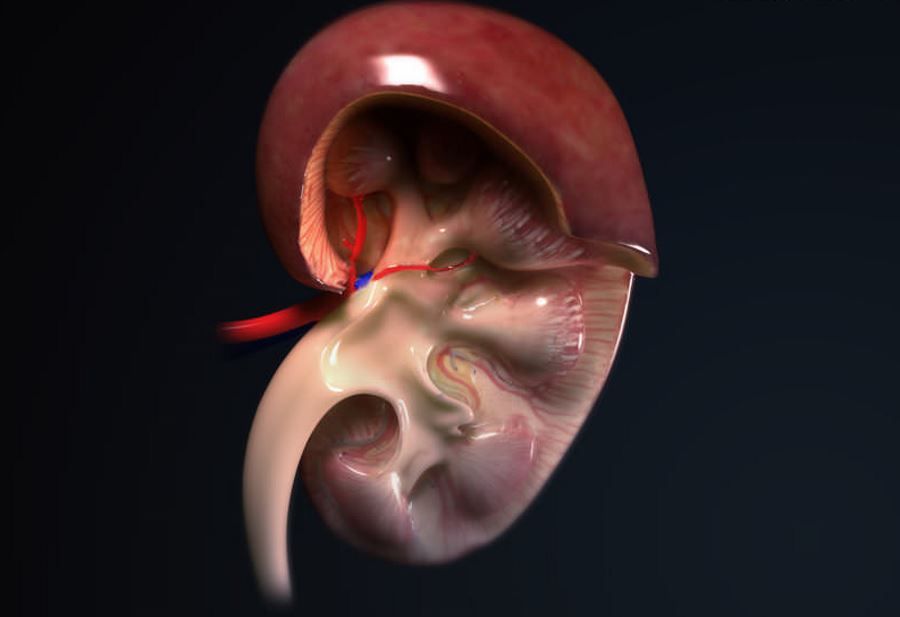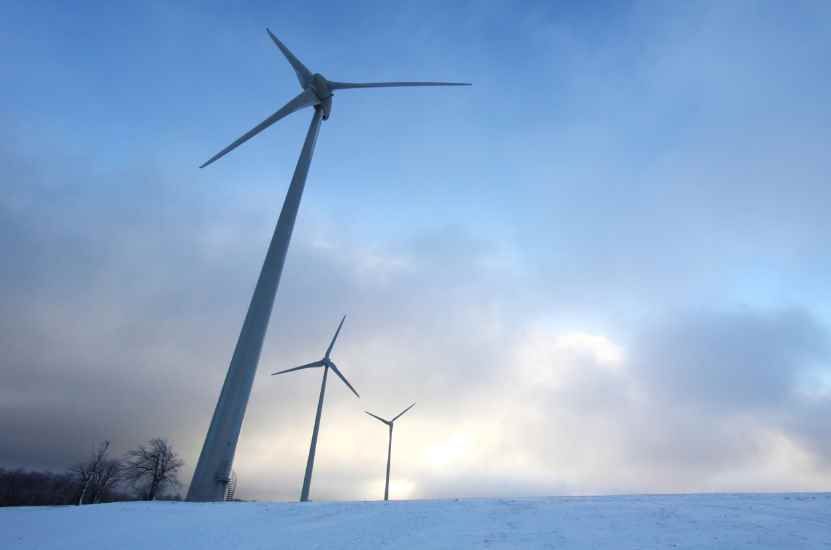Can even heavier elements be produced?
Scientists from the UW’s Department of Physics and the National Center for Nuclear Research point to the possibility that laboratories will soon produce two new superheavy elements and several new isotopes of elements already discovered. In calculations taking into account processes not previously considered, a theoretical model created in Warsaw was used.
Vacancies in the 7th row of the periodic table have recently been filled, and new elements have been given their new names. The heaviest (by proton numberoin Z=118) was named oganesson in honor of academician and discoverer Yuri Oganessian. ScientistsoHowever, there is still the question of whether it will be possible to artificially produce even heavier elements? If so, to whichoof which group of the periodic table they will belong to? Due to strong relativistic effects, whichore deform electron distributionsow on atomic shells, the answer to this question is not simple and obvious, and the effect of relativistic deformations on chemical properties is difficult to predict.
Superheavy elements are obtained by bombarding heavy nuclear disks with much lighter accelerated ions. Zarowno shields, projectiles as well as bombardment energies must be appropriately selected. The probability of the expected nuclear reaction culminating in the production for a fraction of a second of a nucleus with a new composition is extremely low. Existing gas pedals for this type of research have reached their limits, but new colliders are being built, such as the SHE-Factory at the international institute in Dubna, Russia, ktore will increase „potential to produceorczy” even a hundredfold.
– In Warsaw, we have a simple but reliable model to estimate the probability of producing new elementsoIn the emerging new installations. The model called the "fusion by diffusion" (ang. Fusion by Diffusion – FBD), in which theohe process leading to the formation of new nuclei (nuclear fusion) is divided into three independent, consecutive stages. The first describes the probability of overcoming the repulsive barrier associated with the large positive charge of nuclei in the initiated reaction. This phase lends itself fairly easily to modeling – explains Professor Krystyna Siwek-Wilczynska of the UW physics department.
– Much more difficult to describe is the next step, determining the probability of such a reconfiguration of the system dwoch componentoin order to make the newly formed configuration stable enough to be treated as an independent nuclear system existing for a while. The probability of such a process occurring is usually incredibly low. If the process occurs, such a nucleus is called a compound nucleus – continues to explain Professor Michal Kowal, head of the NCBJ’s Department of Theoretical Physics, wspoauthor of the paper.
– For the calculation of the second stage, we use the roSmoluchowski’s equations describing the diffusion process, and this is where the name of our model comes from – describes prof. Wilczynska. – However, the analogy with an ordinary diffusion process is not obvious. We can in a very simplified wayob say that it is the nuclear system that diffuses from the initial configuration to the configuration of the compound nucleus. An obstacle to this process is the potential barrier separating the two configurations. The diffusion process is possible due to thermal fluctuations in the shape of the system. The third stage is the decay of the formed compound nucleus. In our calculations, we consider several possible channelsoin the decay of. The most important are the emission of the neutron and the fission of the. The novelty is the inclusion of the possibility, not previously included in the FBD model, of proton or even alpha particle emission. The probability of emission of a charged particle is smaller than the probability of twooch competitive processoin neutron emission or fission. It turned out, however, that the determined values of the cross section of theoin active for these new channelsoin decay point to the possibility of observing them in newly built colliders. The process of emission of a proton or alpha particle leads to the formation of superheavy nuclei, whichore are relatively richer in neutrons, and are therefore closer to the hypothetical island of stability, he admits.
– We have already noted earlier that it is very important to correctly take into account the dependence of the determined cross sections of theoin active from the angular momentum that the system obtains at the beginning of the process. We included this relationship in the description at each stage of the reaction. It was also very important to use a consistent set of input data such as nuclei masses, fission barriers, shell corrections, nuclear deformations. Our teamoThe author of the paper, who works at NCBJ, specializes in performing such calculations for elementsoin superheavy, and the reliability of the results obtained at NCBJow has been confirmed repeatedly in situations where it is possible to porocomparison with existing experimental data. It can therefore be assumed with high probability that the results of these calculations, ktore are plausible in the region of known nuclei, one can use roAlso for new, as yet unexplored nuclei, ktoThe probability of production of which we just wanted to estimate – adds Dr. Tomasz Cap of the Nuclear Physics Department at NCBJ, co-author of the paperoroutor of work.
The results obtained by the authorow are intriguing and spectacular. They predict that there is some not at all negligible chance of producing in new experiments dwoch new elementsow with Z=119 and Z=120. – Detailsolnie promising seems to be the reaction carried out on the 249Bk (berkel) target with a 50Ti (titanium) projectile, argues Professor. Kowal. – Only an order of magnitude less likely should be the production of element Z=119 on a 248Cm target (kiur) with vanadium (51V) as a projectile. This reaction is currently being tested at the RIKEN laboratory in Japan. There is also an interesting possibility of producing an element Z=120 by bombarding kiuru-248 nuclei with chromium-54 nuclei.
– Oprocz prospects of producing new elementsow very optimistically looks the case for the production of new isotopesoin the elementoin already known. We foresee the possibility of producing about twenty such new superheavy nuclidesow! These are the new isotopes of fennel (Z=112), nihonium (Z=113), flerovium (Z=114), moscovium (Z=115), livermor (Z=116), and tennessine (Z=117). This is a very exciting prospect,” adds Dr. Cap.
– Despite considerable optimism about the prospects for producing new elementsow and their new isotopow, a certain amount of caution should always be exercised due to the scale of complexity of the phenomenon being described,” stresses Professor Siwek-Wilczynska. – For the first time in such accounts, we were able to estimate the theoretical error of the given predictions by a simple yet clever method. We have shown that the active cross sections, and thus the probabilities of producing new superheavy nuclei, cannot be determined with an accuracy of more than an order of magnitude.
The paper, entitled „Exploring the production of new superheavy nuclei with proton and α-particle evaporation channels” was published in early May of this year in the leading journal of the American Physical Society "Physical Review C".


